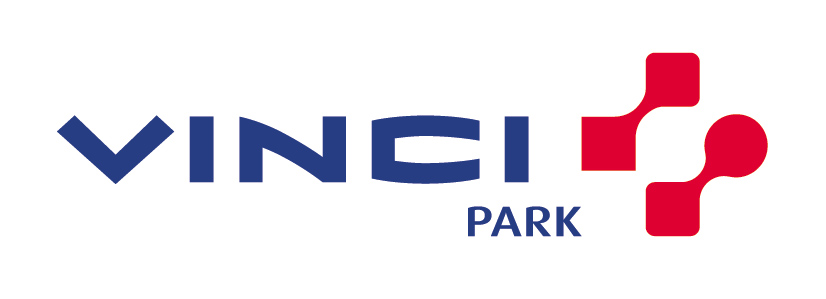 There is a link between loyalty programs and the ability of one company to buzz. That is the result of a Colloquy study, which "Reveals Reward Program Members 70% More Likely to be Word-of-Mouth Champions than Non-Members".
There is a link between loyalty programs and the ability of one company to buzz. That is the result of a Colloquy study, which "Reveals Reward Program Members 70% More Likely to be Word-of-Mouth Champions than Non-Members".Here are the key results of that study:
- Reward program members are 70% more likely to be WOM champions (defined as customers who are “actively recommending” a product, service or brand) than the general population;
- 55% of reward program members are self-described WOM champions;
- Only 32% of non-reward program members are self-described WOM champions;
- 68% of WOM champions in reward programs will recommend a program sponsor’s brand within a year;
- Actively participating reward program members are over three times more likely to be WOM champions;
- Reward program members who have redeemed for experiential rewards are 30% more likely to be WOM champions than those who have redeemed for discounts.
Top Five Reasons Consumers Talk, Blog, Email & Post Info on Their Favorite Brands
The COLLOQUY research also examined the motivations of WOM champions—asking why they engaged in WOM activity regarding their favorite products and brands and what categories of offers and information they were most likely to pass along to others within their networks. The top five motivations of WOM champions were:
| — To tell manufacturers what I think.......... | 73% |
| — To get smart about products/services........ | 68% |
| — To be the first to discover new items....... | 68% |
| — To get free product samples................. | 63% |
| — To share my opinion with others............. | 61% |
Hence, word of mouth is driven by opinion leaders and loyal customers. Therefore, if one company owns a powerful loyalty program, which has a large customer data base, and active members, it will be more likely it could leverage it for buzz marketing purpose.
There is a common statement that social media would help companies to find new leads, because loyal customers will spread the word. This study actually demonstrate it.
Now, if a company own a great loyalty program, that doesn't imply its community management and/or social media strategy will be a success. Nevertheless, it owns a great competitive advantage to stand out of the competition.
Customer relationship management (CRM) aims to leverage existing customers to expand business, especially through cross selling and upselling, but thanks to new social media, it could also imply to get new prospects thanks to its own customers, as a referral marketing strategy would.
Very interesting results. Very inspiring.












